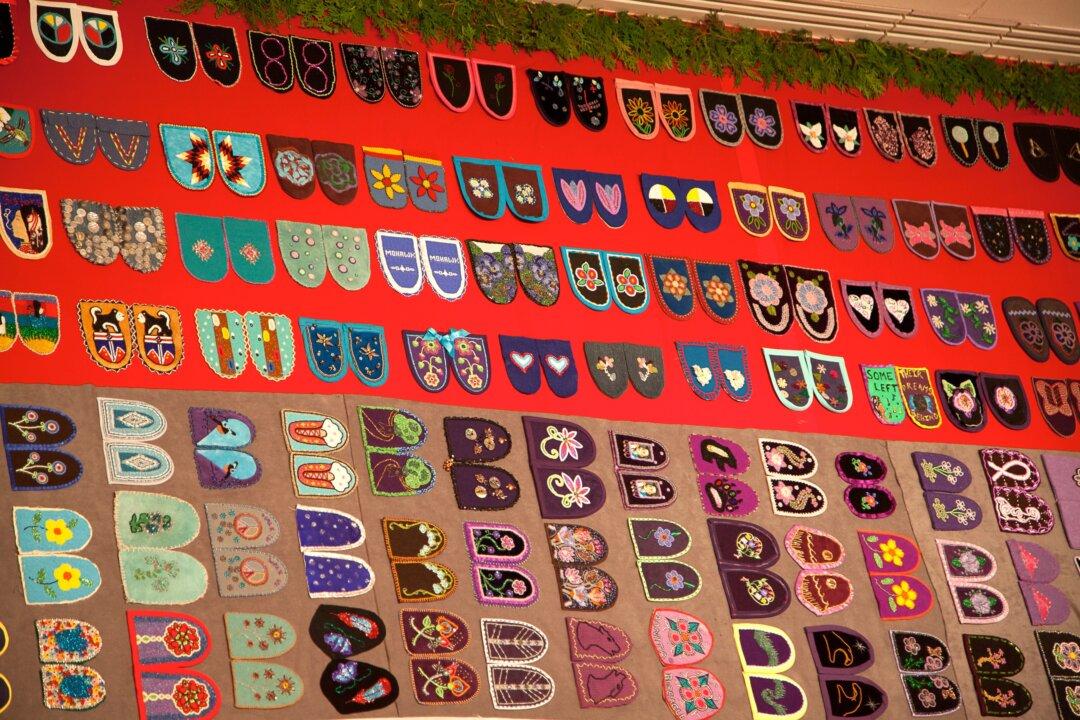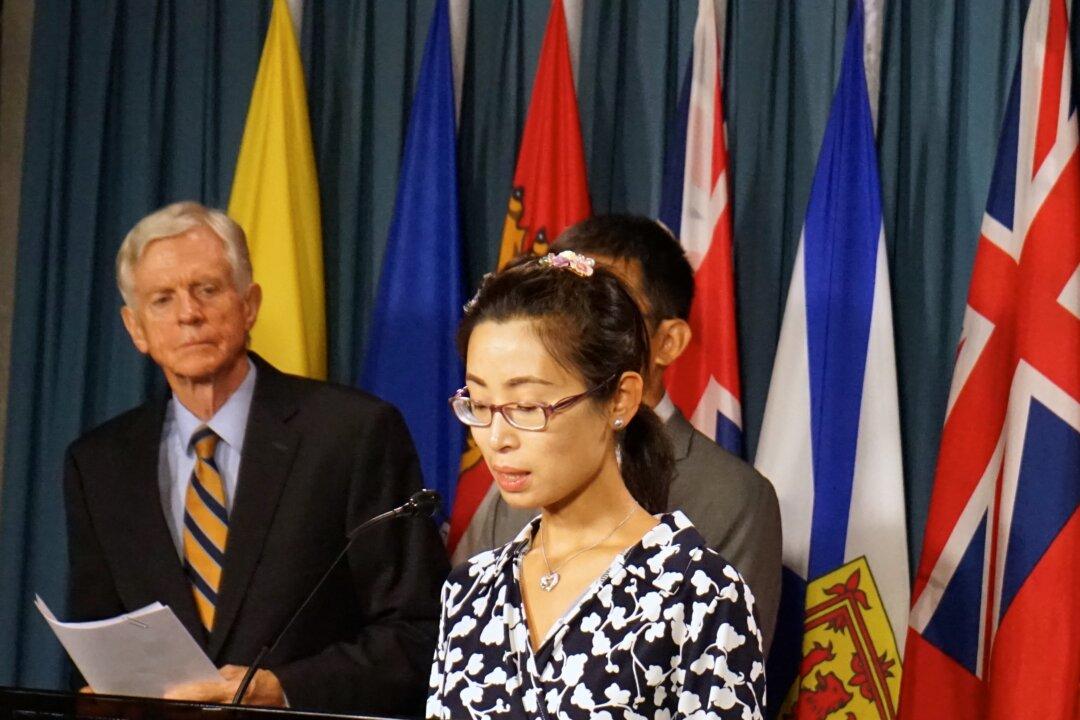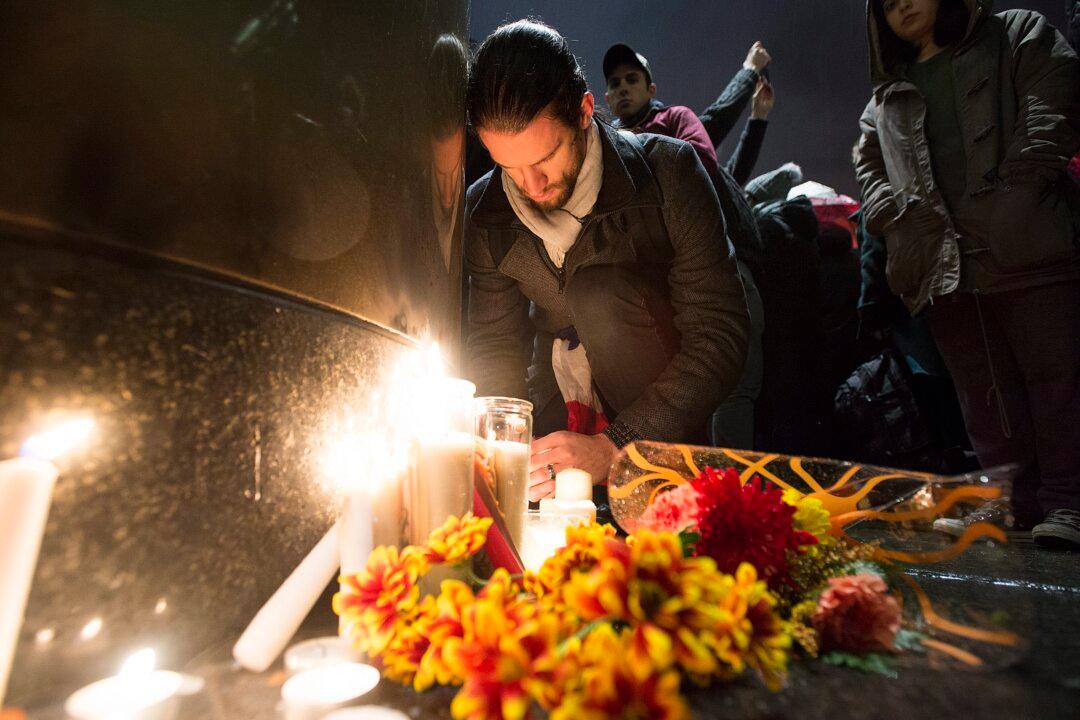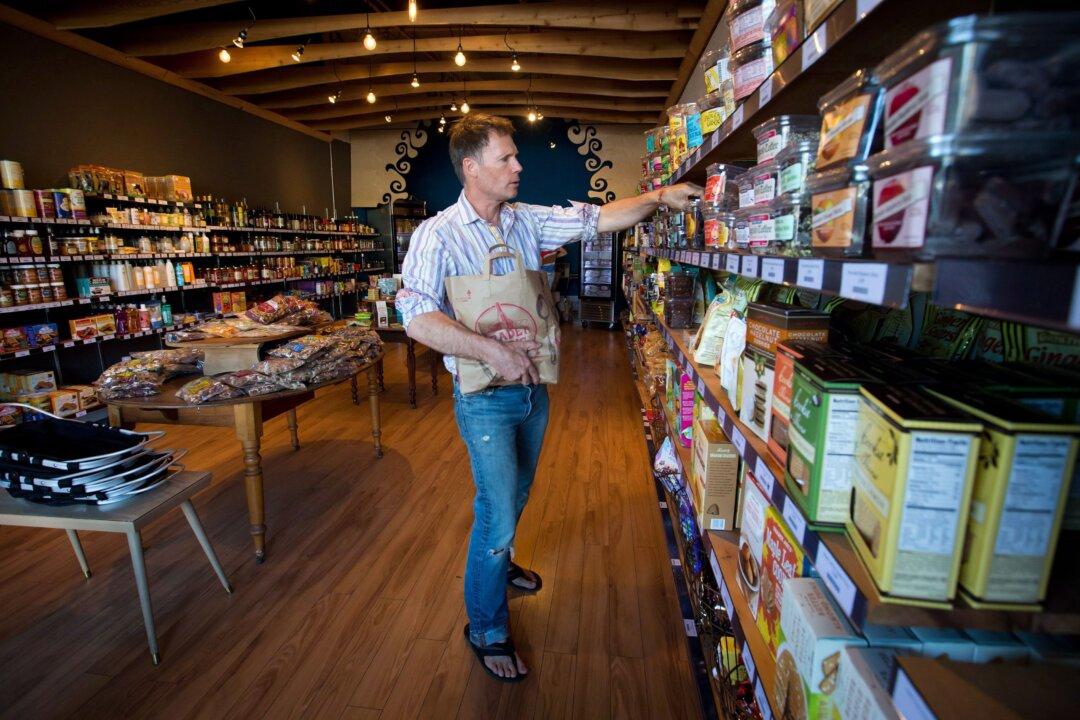In 2012, Métis artist Christi Belcourt decided to commemorate the many cases of missing or murdered aboriginal women and girls in Canada in a unique way.
Belcourt put out a call on her website asking people to construct moccasin vamps (the upper part of the soft leather shoes) for those indigenous women. She wanted 600 pairs and gave a deadline of one year.
“They started coming in in batches. First 10, then 20, then 80 a day,” says her father, Tony Belcourt.
Over 1,800 vamps from all over Canada and the territories were sent by the deadline, giving the artist more than enough to set up the commemoration she had in mind.
The result is “Walking With Our Sisters,” an art installation at Carleton University in Ottawa consisting of pairs of moccasin vamps. Belcourt used only the vamp to symbolize the unfinished lives of the women and girls being honoured.
Indigenous women go missing and are murdered at a much higher rate than other women in Canada, and are far more likely to experience violence.
The number of women and girls involved has been called a “national shame” due to the grim statistics. An RCMP report released in May 2014 and updated in June of this year cited 1,182 missing or murdered aboriginal women since 1980. It only reported on cases within the RCMP jurisdiction and so provides only a partial picture of the total number of targeted females.
Purification, Protection
The installation was set up with a lot of care. The room was first purified and cedar branches were laid on the floor.
“Cedar is one of the four sacred medicines and it’s a protector. So all those women are protected in there. They may not have been protected in life,” said Barbara Dumont-Hill, an Anishinaabe woman from Kitigan Zibi Reserve who is onsite to answer questions, look after the installation, and talk with people after they have seen the vamps.
The cedar branches were covered with cloth and the vamps were laid out on the cloth in a particular pattern. Belcourt dreamed about the room before constructing the first installation, says Tony Belcourt.





